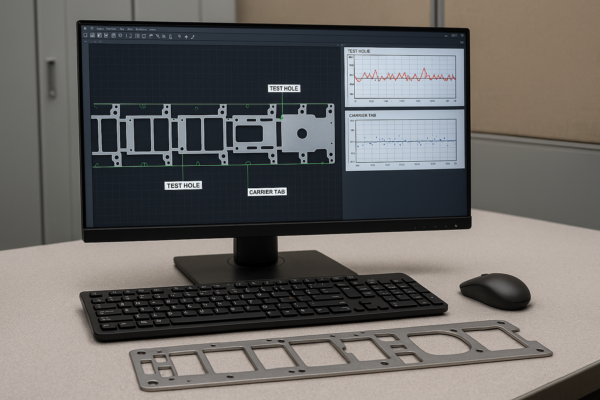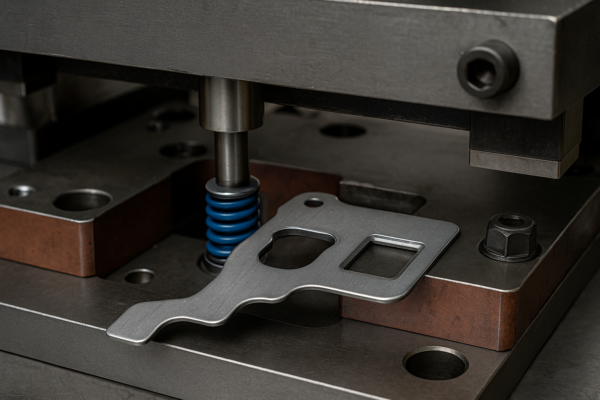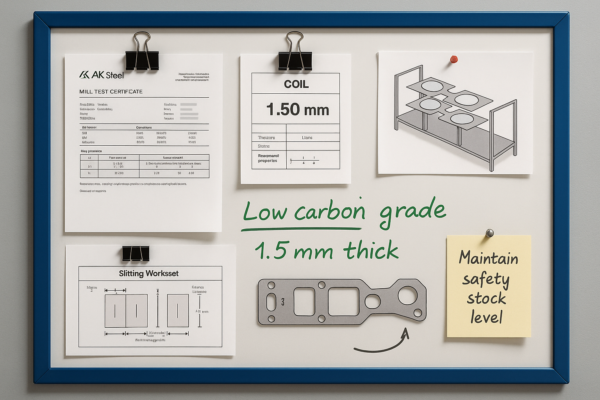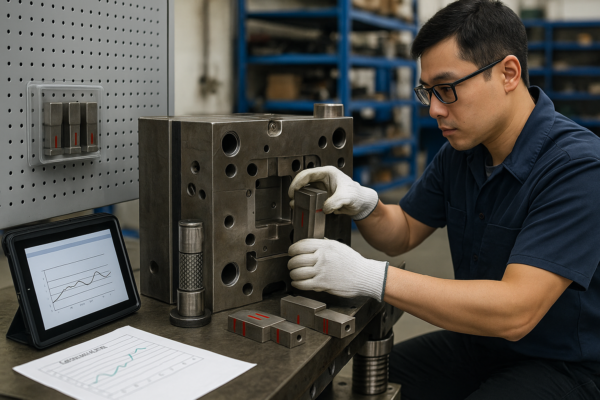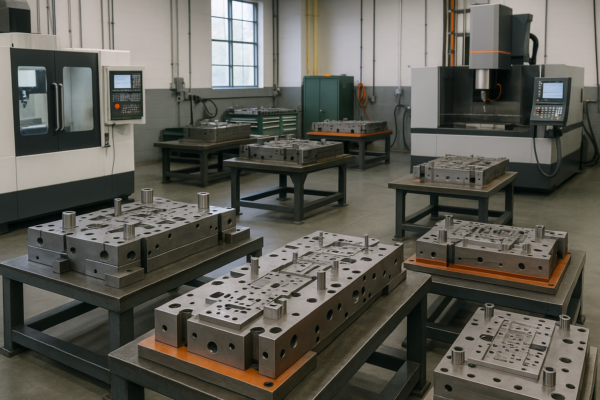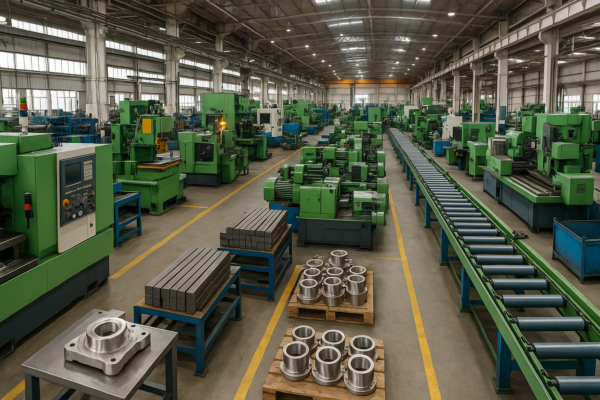How to restore a metal surface?
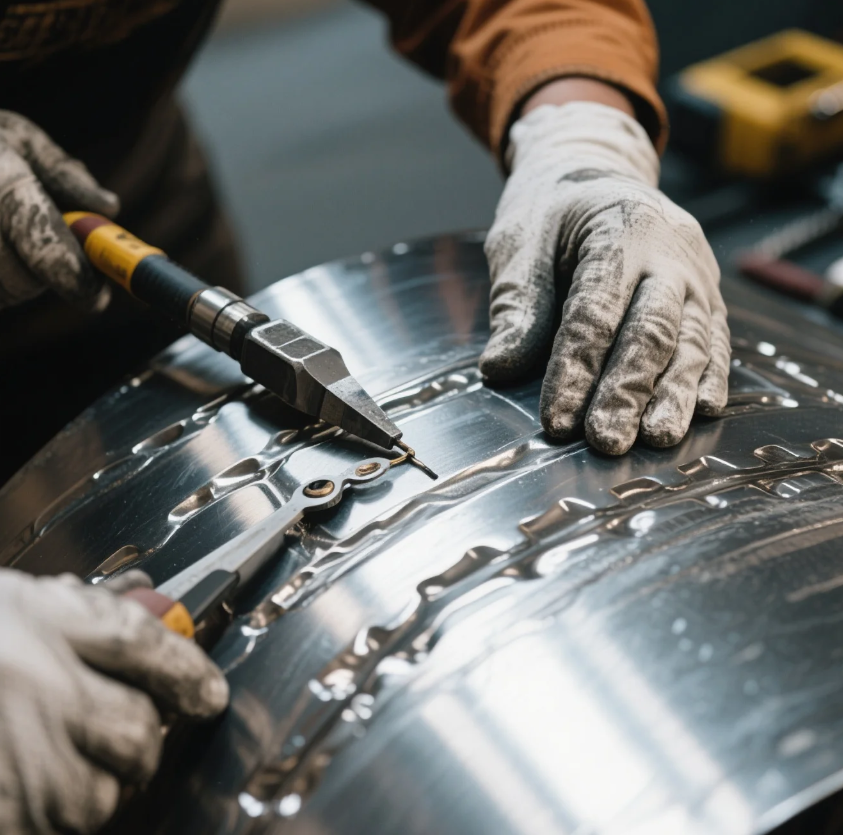
Rust and corrosion damage metal, weaken structure, and lower product value.
To restore a metal surface, remove rust with abrasives or chemicals, treat with a rust converter, then seal it with paint or coating.
With the right tools and techniques, even heavily rusted metal can look like new again.
What eats heavy rust off metal?

Heavy rust doesn’t go away with simple scrubbing. It needs stronger methods.
Heavy rust can be removed with acid-based rust removers, abrasive blasting, or industrial rust dissolvers like Naval Jelly or Evapo-Rust.
These solutions break down thick layers of corrosion and expose clean metal underneath.
Heavy Rust Removal Options
| Method | Effectiveness | Best For |
|---|---|---|
| Sandblasting | Very high | Large steel surfaces, frames |
| Naval Jelly (Phosphoric Acid) | High | Deep rust, thick scale |
| Evapo-Rust | Medium | Tools, stamped metal parts |
| Wire Wheel or Grinder | High | Small areas, fast removal |
At Prime, we restore surfaces before applying industrial coatings on custom CNC parts and metal fasteners—guaranteeing top performance.
What turns rust back to metal?

Rust can’t be reversed, but it can be chemically neutralized.
Rust converters turn iron oxide into a stable black compound, often using tannic acid or phosphoric acid. They don’t restore metal, but they stop rust from spreading.
The treated surface becomes paintable and sealed.
Common Rust Converter Products
| Product Name | Active Ingredient | Use Case |
|---|---|---|
| Rust-Oleum Reformer | Tannic acid | Tools, car frames, brackets |
| Corroseal | Phosphoric acid | Marine parts, construction steel |
| Krud Kutter | Latex + converter | Fences, light-duty metal |
Our ISO-certified steel parts receive proper prep before coating. We don’t just convert rust—we restore surfaces to peak condition.
Can rusted metal be restored?

Yes—rusted metal can be restored to look and function like new.
With the right process—rust removal, surface repair, and coating—most rusted steel parts can be fully restored.
Heavily corroded metal may need welding or filler before refinishing.
Restoration Steps for Rusted Metal
- Remove rust using sandpaper, wire brush, or chemical remover
- Neutralize leftover rust with converter if needed
- Fill pitting using epoxy or metal filler
- Sand smooth to restore surface texture
- Apply primer and coating to protect and finish
At Prime, we handle full restoration in-house for CNC machined steel components and custom stamping parts—prepping them for final use or resale.
How to make rusted metal look new?
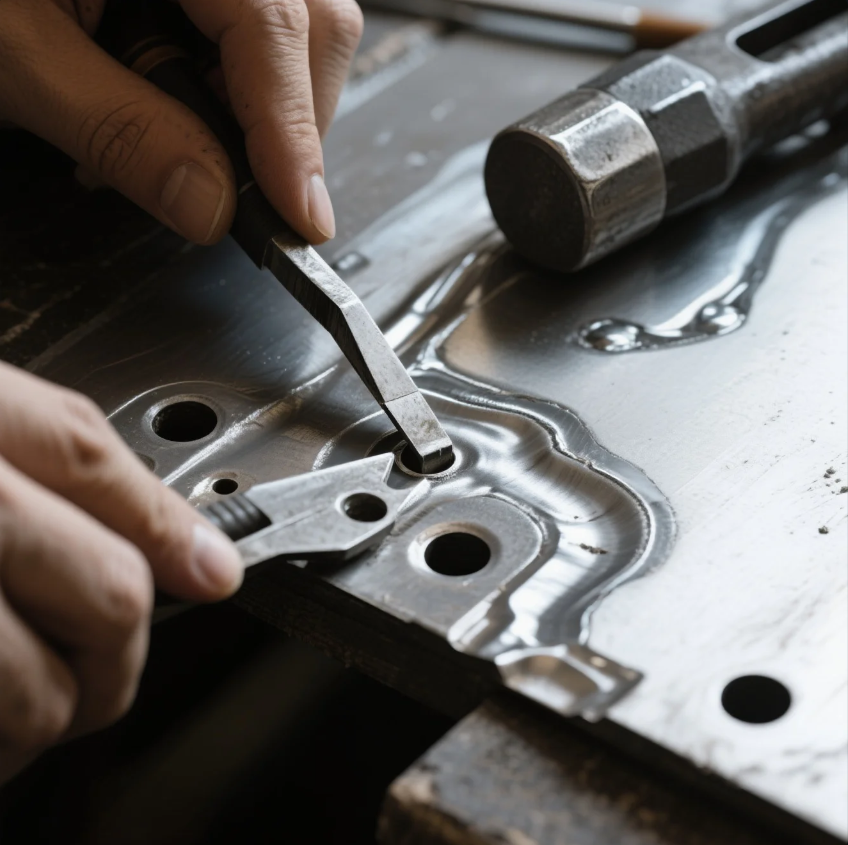
Restoring the look of rusted metal requires more than cleaning.
To make rusted metal look new, you must clean, fill, smooth, and repaint or recoat the surface.
This improves both appearance and performance.
Visual Restoration Process
| Step | Purpose |
|---|---|
| Rust removal | Exposes clean base metal |
| Sanding or grinding | Smooths surface and edges |
| Metal filler (if needed) | Repairs pitting or holes |
| Primer application | Prepares for paint or coating |
| Final coating | Restores appearance and protects |
We apply this process to Prime’s industrial parts before final packaging. That’s how we ship clean, rust-free components to clients across North America, Europe, and the Middle East.
Conclusion
Rusty metal can be fully restored with the right removal, treatment, and finishing techniques.
Contact Prime today for rust restoration services and durable coatings. With 20+ years of experience, 10 production lines, and ISO-certified quality, we deliver restored and protected metal parts ready for your market.

